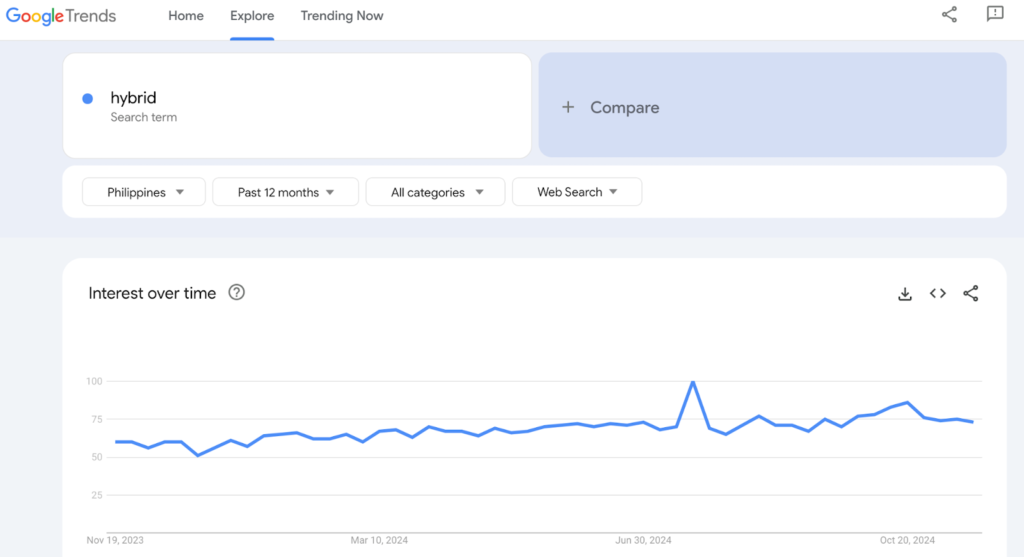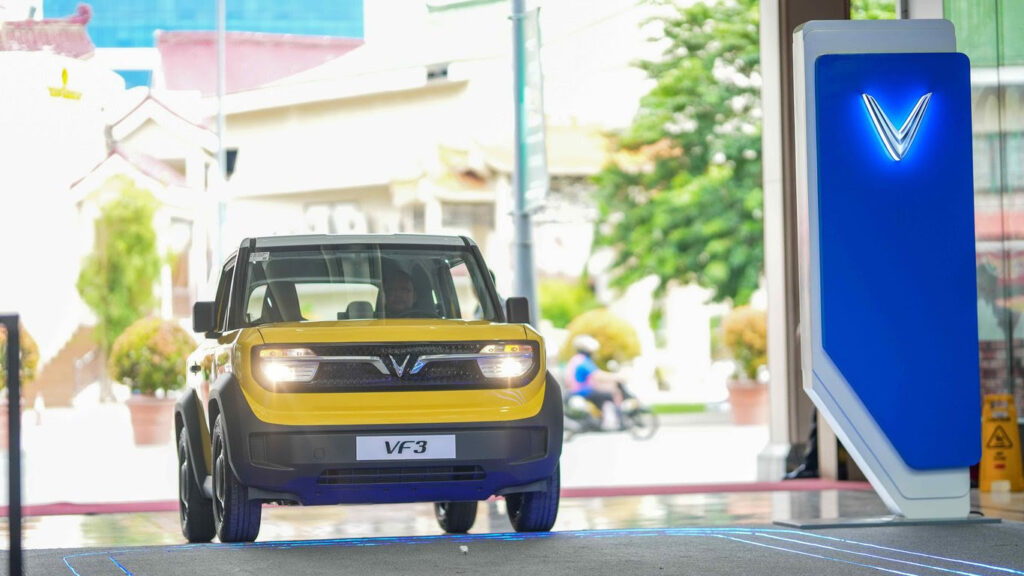
Hybrids electric vehicles (HEV) seem to be quite popular these days. Google trends show that interest is sustained and up-trending for hybrids among Filipinos.

And why not?



HEV electric vehicles slot into that gap between full EVs and internal combustion engines (ICE).

Hybrids will give Filipinos freedom from weekly fuel hikes and daily fumes with no range anxiety. Hence, the interest in hybrids among buyers recently.

But this is life where no one is perfect, not even cars.

While hybrids do present the best of both ICE and EVs, HEVs also come with the worst of ICE and EVs.


Here are a few:

Hybrids can have a higher purchase cost than a comparable EV or ICE car.

1. Higher Initial Cost


HEVs have advanced technology borne from high research and development costs. Having dual power trains instead of one adds up.

The gap is slowly narrowing and tax breaks do help but HEVs are still beyond the reach of most Filipino families.

2. Expensive Battery Replacement


Current batteries have a lifespan of 8-10 years which is a long time. Replacements beyond the warranty period could cost from $1,000 to $8,000, a big price to pay for a 10-year-old car, that will have a resale value of even less.

ICE vehicles are known to last decades and are popular hand-me-downs from father to son. The same could not be said of HEVs.

3. Specialized Repairs and Maintenance


HEVs, with an ICE engine and electric motor, are complex systems that require specially trained technicians with special equipment.

These repairs can be expensive. Shops that have the know-how are still very limited in the country. Dealers will no doubt have a queue of HEVs for maintenance and repairs.

Whatever you do, avoid wreaking your hybrid or take it swimming down a flooded street.

4. Complexity of the Hybrid System


Did we mention that HEVs are complex systems? The thought of having two power sources may seem good but they can also be a maintenance challenge.

The more complex systems have a higher tendency of issues over time. Since HEVs are just new technology, troubleshooting hybrid-specific problems may be an issue.

5. Engine and Motor Maintenance


Two power trains mean two times the maintenance. You have to keep up with regular change oils like a traditional ICE.

You also have to maintain the electric side of things, particularly the batteries. Follow proper charging procedures, avoid extreme temperatures, and keep tabs on battery health with regular inspections at the dealer.

EV motors generally require minimal direct maintenance due to their design with fewer moving parts compared to gasoline engines, but still check for any unusual noises, vibrations, or performance issues and consult a qualified technician if necessary.

6. Long-Term Resale Value Uncertainty

While classic ICE cars can fetch quite a sum, the same cannot be said of HEVs. Potential buyers will have concerns about older hybrid models due to battery lifespan or repair costs.

With the quick advances in EV technology, the HEVs of today are fast becoming yesterday’s models. Older hybrids still need to prove that they can age like classic cars that come with a nice price.

Conclusion


Those thinking about getting on the hybrid train should weigh the pros and cons before purchasing an HEV.

Hybrids do help the environment and the fuel-saving benefits are great for the penny-pinching Filipino family. Like any car, HEVs are major money pits and maintenance challenges.
Do your research thoroughly and ask the experts. Make sure that owning a HEV aligns with your lifestyle, needs, and budget.






